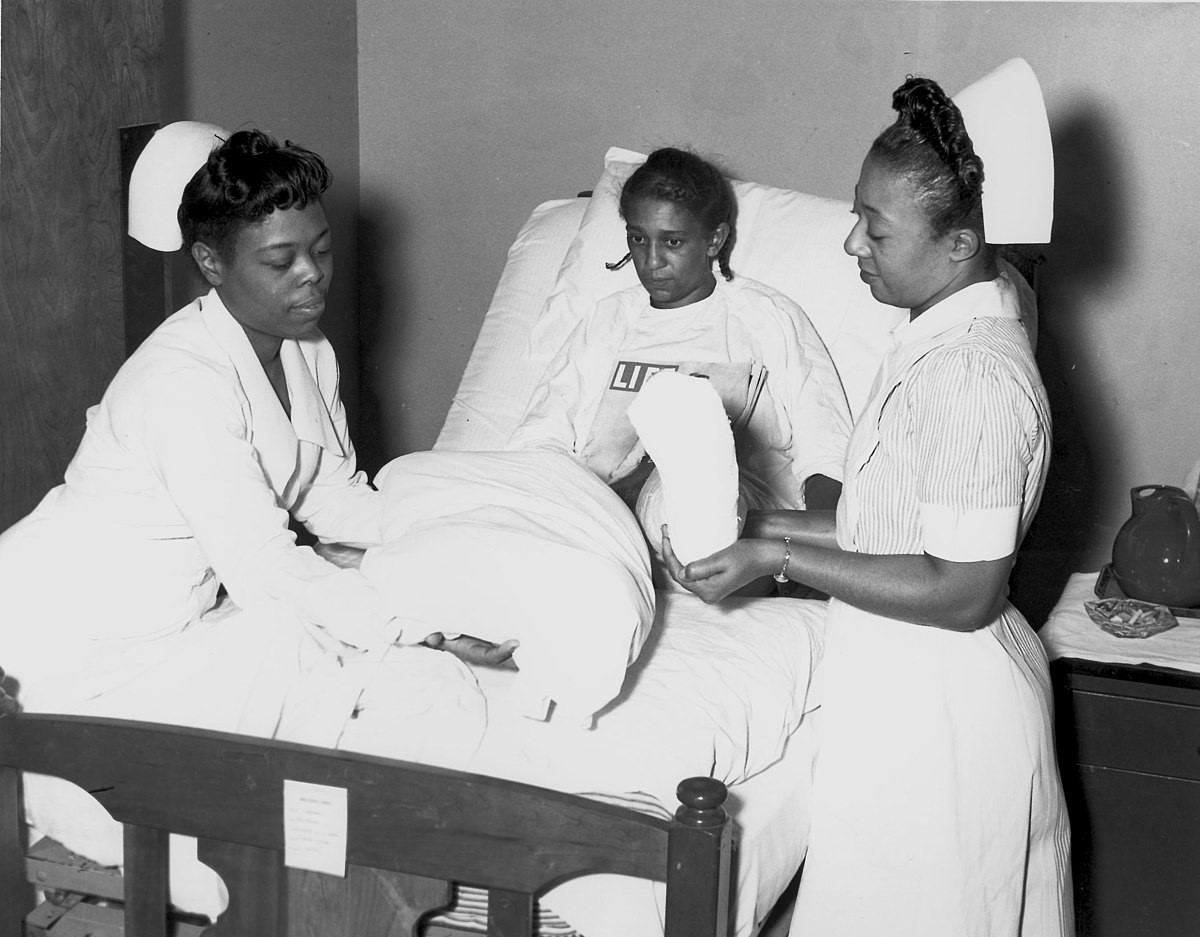The infant mortality rate in the United States is staggering; even with the rate trending down over the past few years, the US remains at the top of the list of industrialized countries with the highest infant mortality rates. But what’s in a statistic, and does it tell the whole story? To uncover the hidden truth behind the statistic, you must examine the root causes. There is an interesting case to be made, and many researchers are making it, that the high infant mortality rate in the US can largely be traced back to disparities in the healthcare system.
A disproportionate number of infants that die during labor and delivery are African American. An inordinate amount of women who die during childbirth are African American. Research shows that African American women die during childbirth at a rate that is three to four times higher than their white counterparts. A closer examination reveals these poor outcomes aren’t just happenstance. In the US, the two factors that most significantly affect the healthcare received by a patient are race and income level. The poor outcomes reflected in the statistics result from longstanding inequities not limited to the healthcare system.
States with the largest populations of African Americans are traditionally states ranked the worst for healthcare. African Americans are more likely to live in areas considered food deserts where the is little or no access to grocery stores that provide healthy options like fresh fruits and vegetables. The compounding effect of physical and mental stress brought on by dealing with societal factors like racism and sexism also figure into the health outcomes of African Americans. Studies have shown the healthcare system in the US is steeped in racism. Providers are often prone to unconscious and conscious bias, especially when treating African American patients. White providers are less likely to believe their African American patients by comparison. As a result, African Americans are the group least likely to find the care they need in a traditional hospital setting. Childbirth is no different.
African American women must know that alternative options to childbirth in a hospital setting exist. Enter the midwife. Midwives are a longstanding tradition in the African American community. Midwives were among the Africans brought to America aboard slave ships. They were the very foundations of ensuring that the African lineages continued by bringing new lives into the world. In the colonial south, often midwives or “granny” wives as they were known helped to deliver the infants of both African American and white women. Their training, passed down from generation to generation, gave them great prestige in the community. Having midwives present for birthing was very commonplace in the US until the late 1800s when medicine was professionalized, and several states banned midwives. Even today, there is no legal way to become a midwife in a quarter of all states. As a result, having a midwife present for a birth in the US is still exceedingly rare. In other industrial countries such as the UK, midwives are much more commonplace. Because this contrast exists, it’s straightforward to compare the benefits of using a midwife during childbirth.
The benefits of having a midwife present during childbirth are numerous. Expectant mothers report feeling more at ease when using a midwife during delivery. There is no group this rings true for more than African American women. African American mothers who used a midwife reported that they felt more respected during the pregnancy process and received a greater level of care from their midwives compared to what they got when being seen at a traditional hospital. In addition to making expectant mothers feel better, statistics show that having a midwife included during pregnancy and childbirth does improve outcomes. Researchers have found and data supports that births including midwives are less likely to require a cesarean section, regional anesthesia, or an induction. Evidence also suggests that midwives contribute to reduced instances of infant mortality and preterm birth.
For African American women deciding whether to have a midwife can mean the difference between life and death, but too often, that choice is made for them. Often African American women do not have access to alternative birthing options. For many African American women, access to healthcare is a huge barrier. Healthcare companies can choose not to cover midwives’ services leaving expectant mothers without a way to pay. And if the pregnant mother does not have access to healthcare at all, then a midwife is almost certainly not an option. Also, there are very few midwives in African American communities. Because of pervasive and ongoing segregation, when there are no options for midwives within an African American expectant mother’s community it is improbable, she will seek birthing services outside of her community.
Only 2% of American midwives are African American, but African Americans make up nearly 13% of the US population. One of the best ways to target the infant mortality rate in the US and reduce the number of mothers who die in childbirth is to increase the number of midwives. Having more qualified midwives gives greater access. The shortage of midwives is one reason why now more than ever, choosing to become a midwife can prove to be a rewarding one. Becoming a certified midwife can take up to eight years. Most certified midwife nursing programs are only open to registered nurses. That means that after attaining an undergraduate degree, becoming a midwife requires an additional three years of training. Midwives provide critical services and thus must receive adequate training, but they are also compensated for their expertise. Midwives often are paid anywhere from $58,000 to $130,000, depending on the state where they reside.
Midwives are significant to African American culture from a historical perspective and significant to what it means to be African American today. African Americans and the US as a whole face a crisis of infant mortality rates and death rates for women in childbirth. To address this, there will need to be a multiprong approach. It’s been repeatedly proven by evidence that both antidotal and statistical, midwives will be critical to any attempt to improve US outcomes in these areas.

